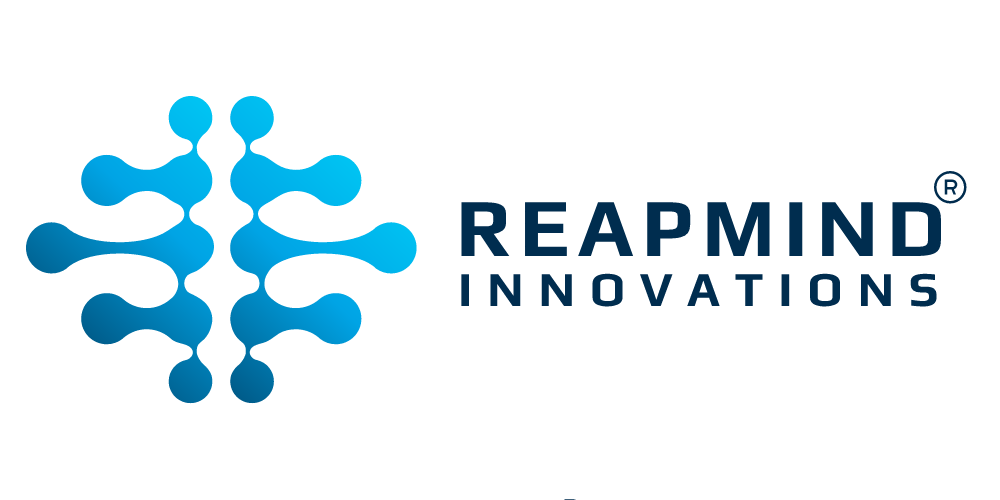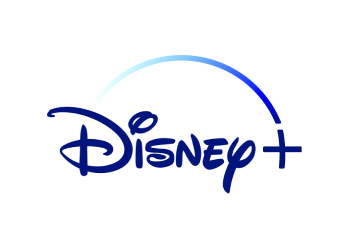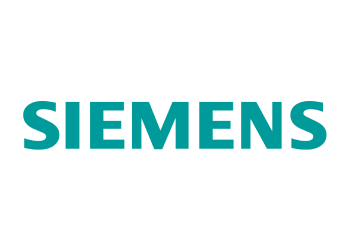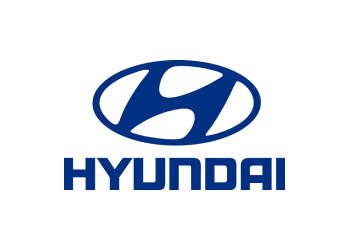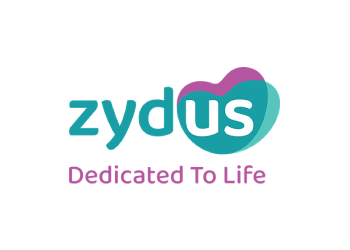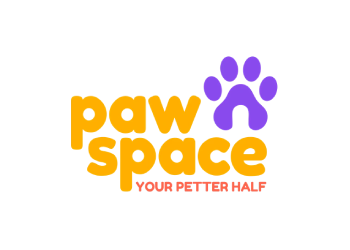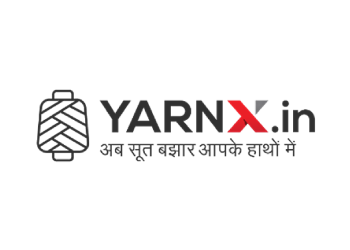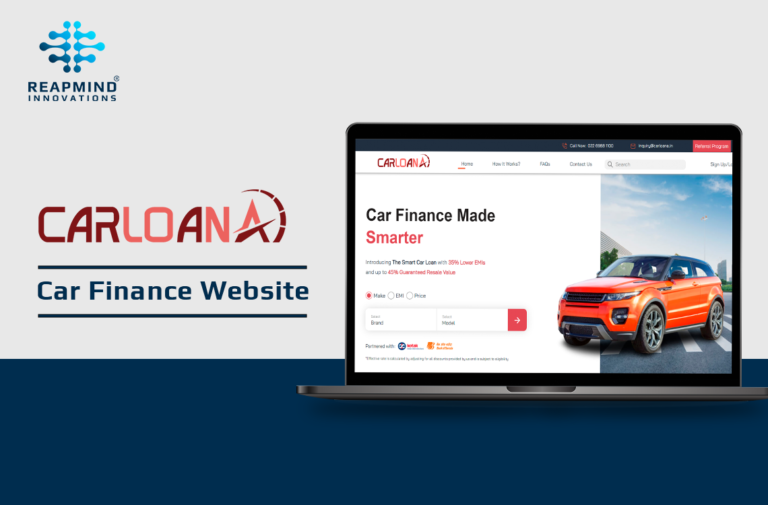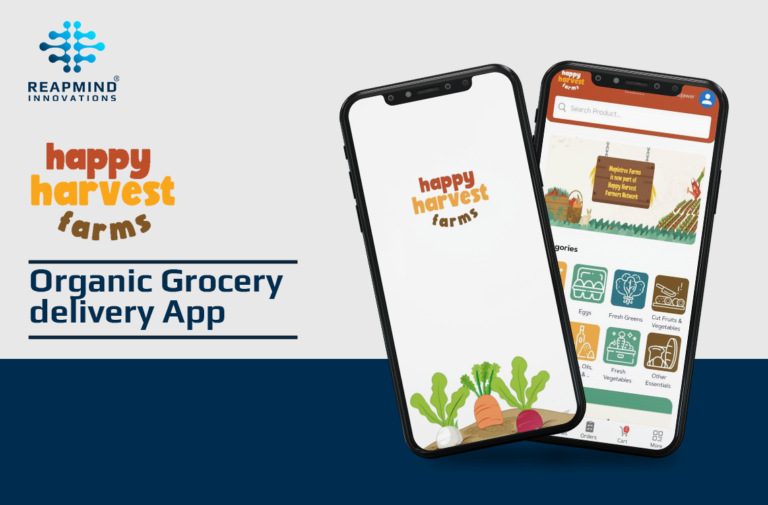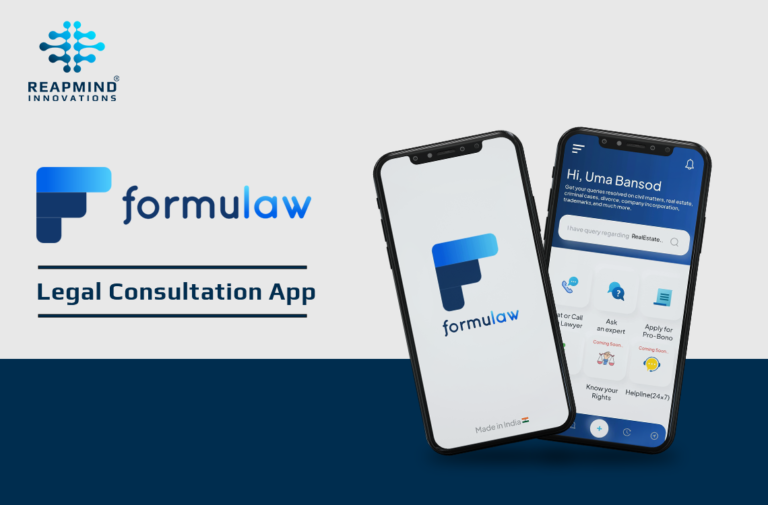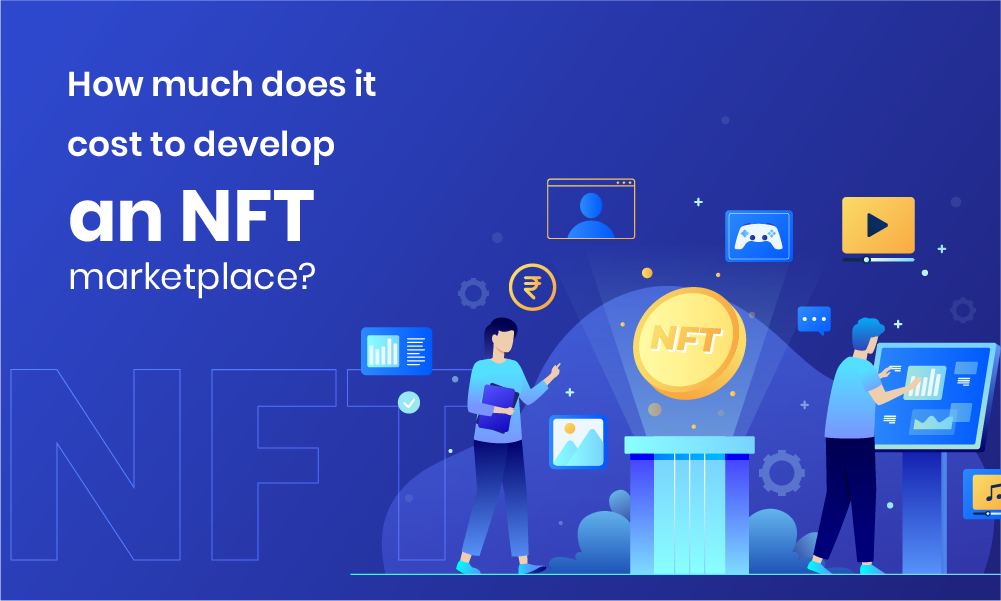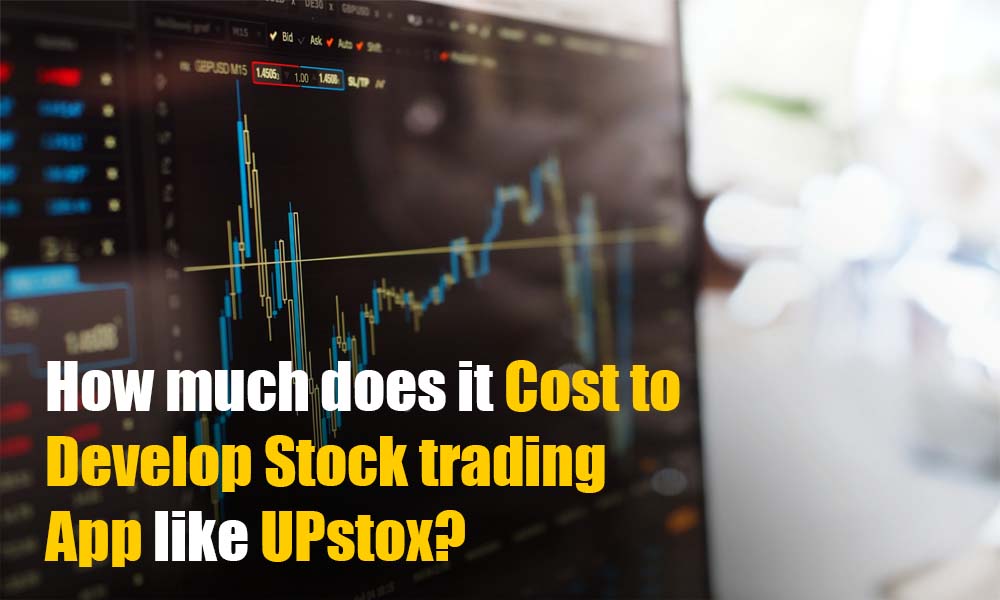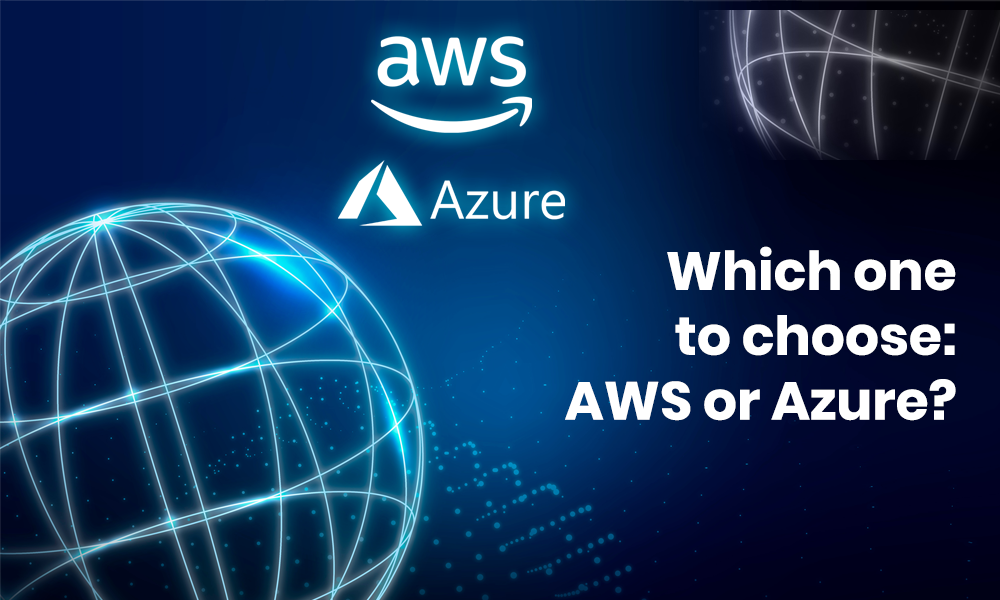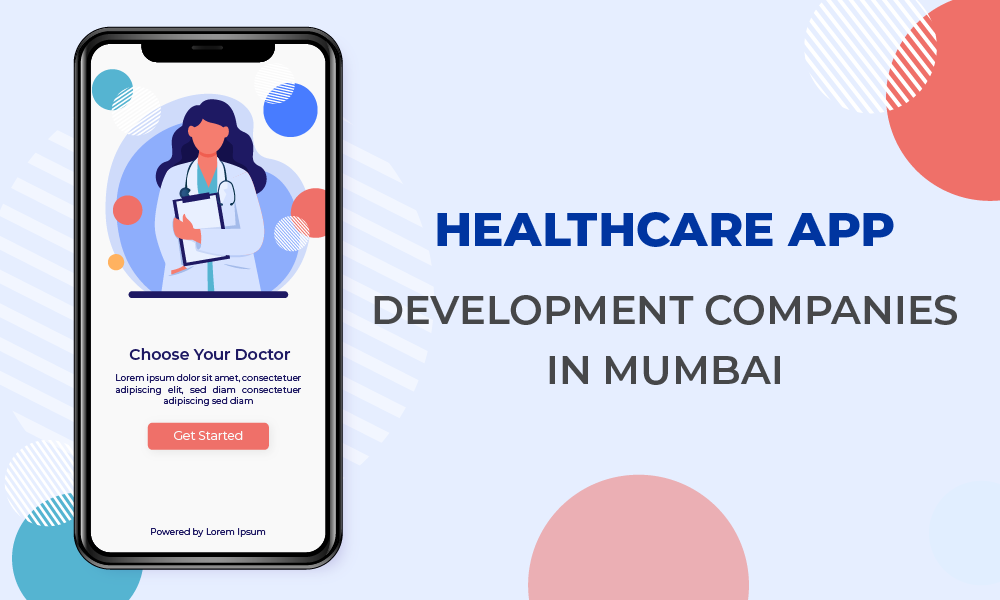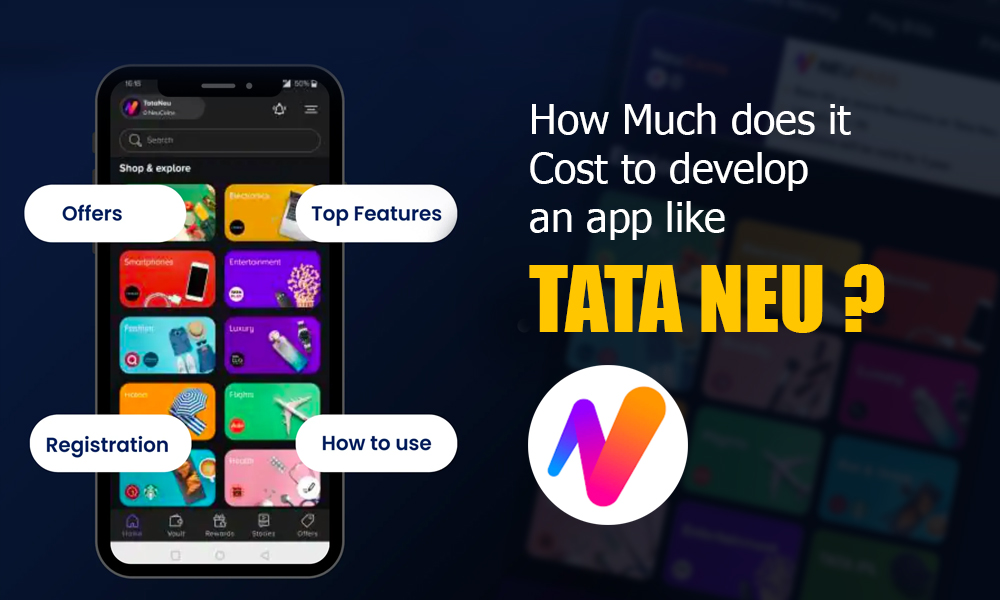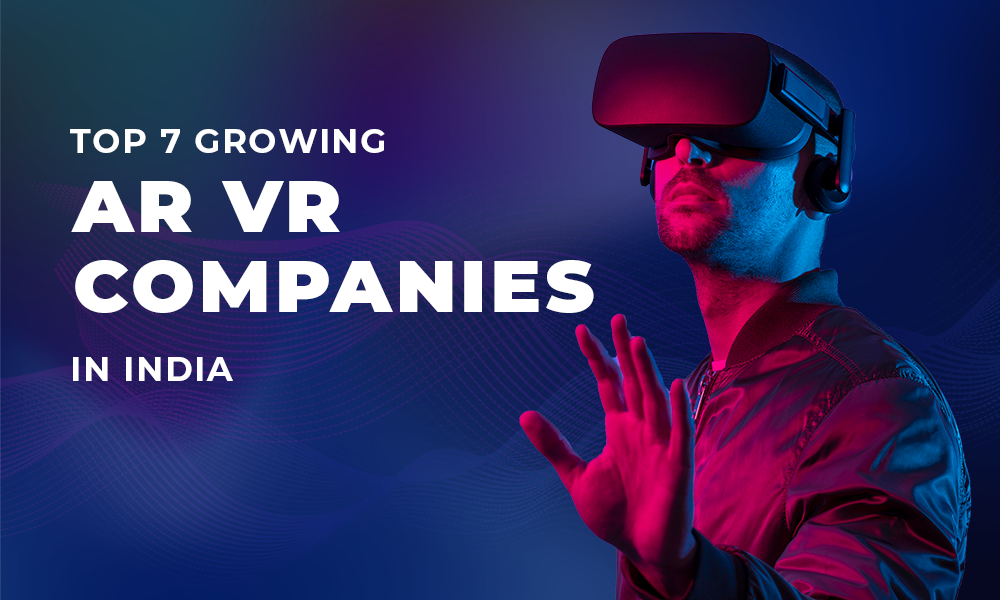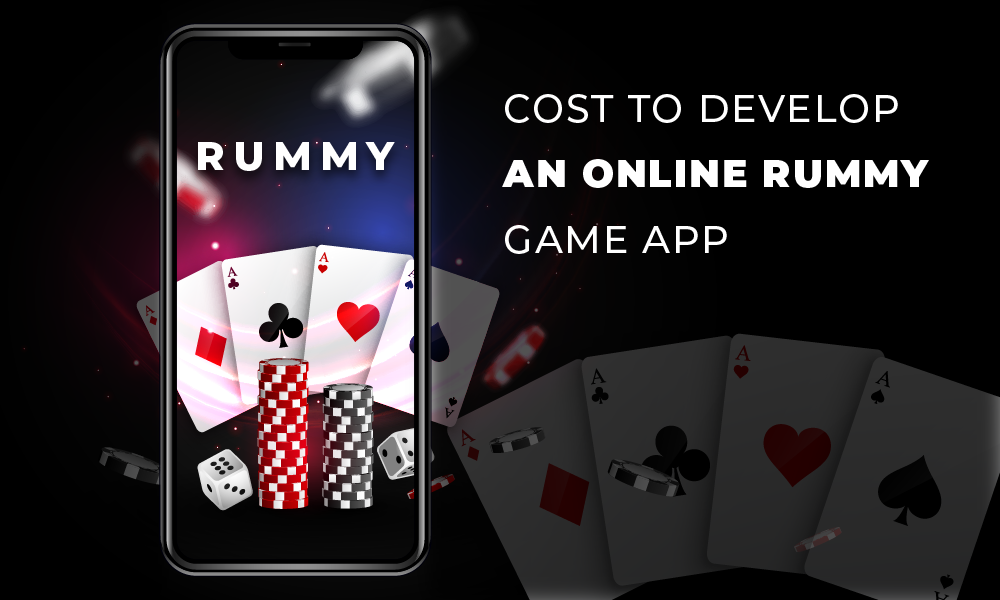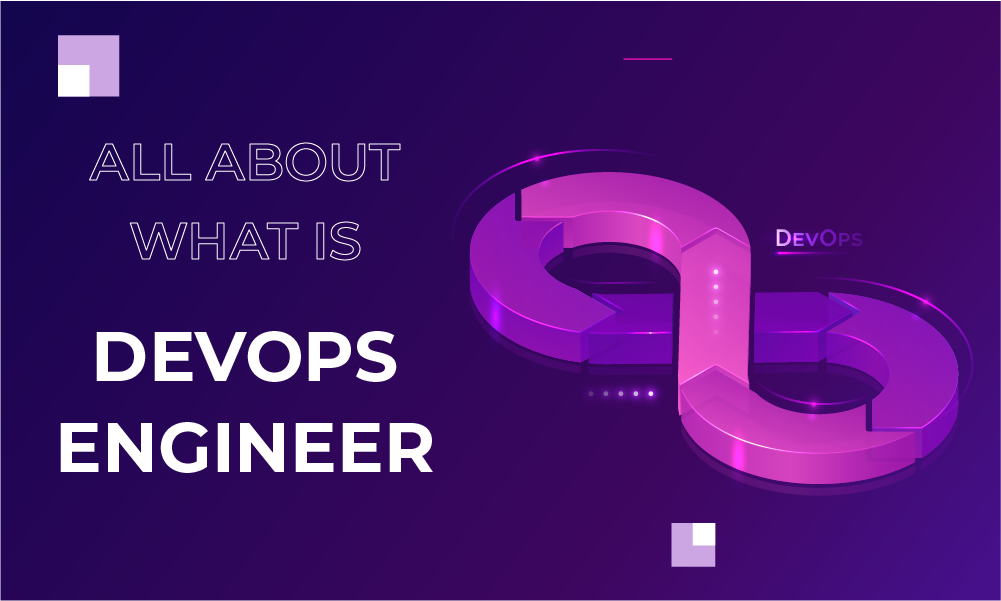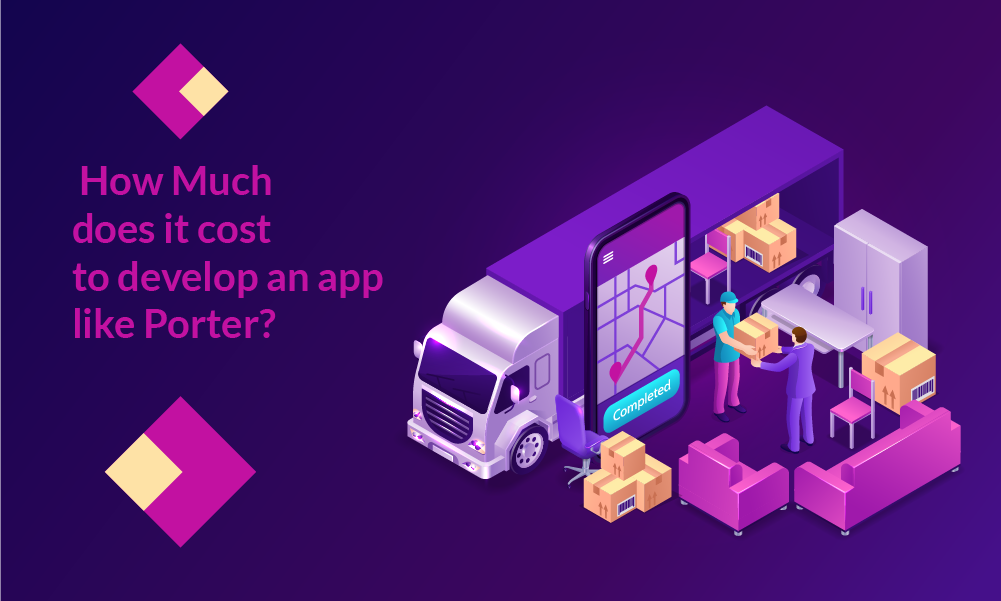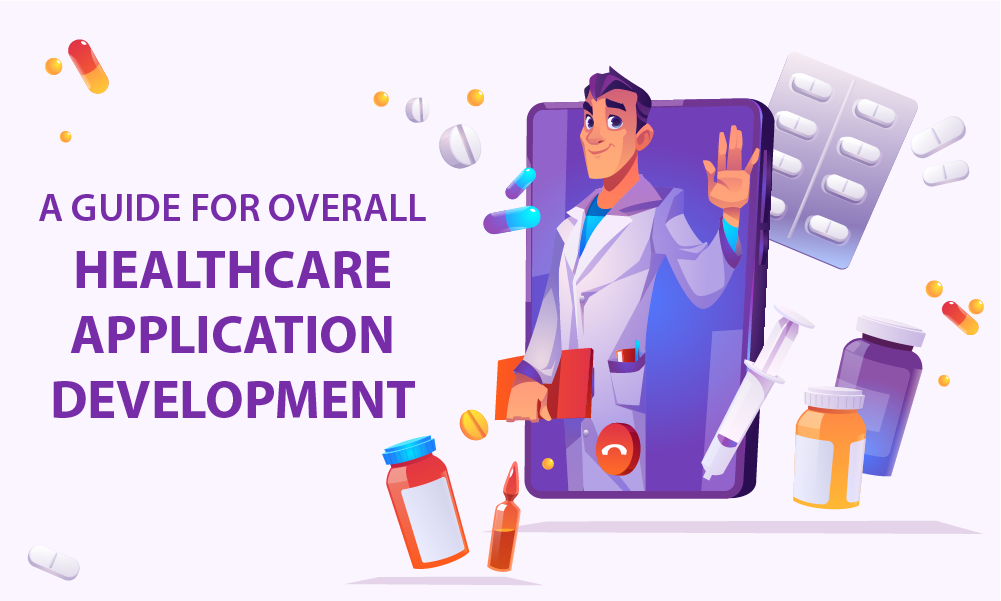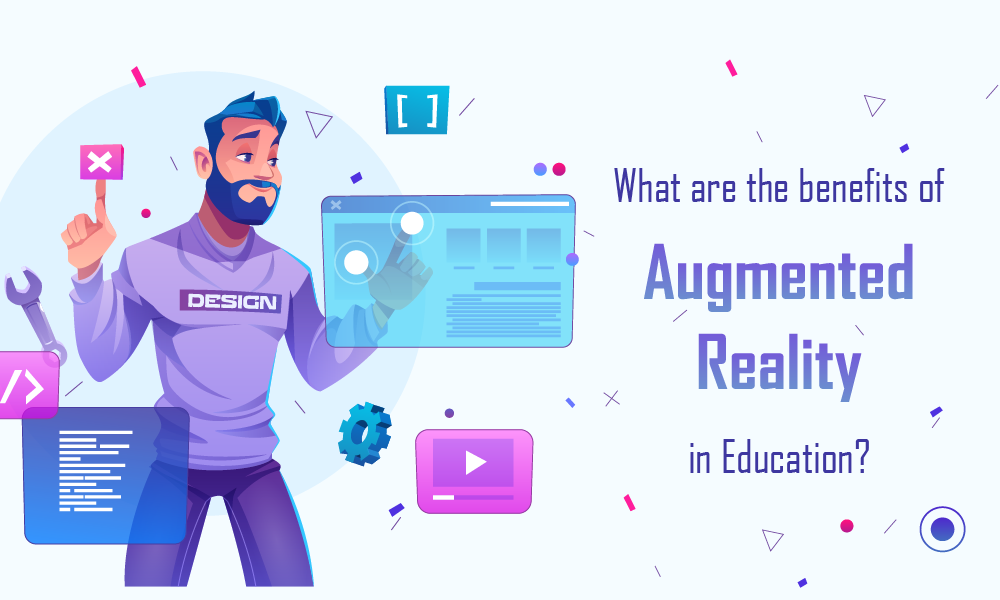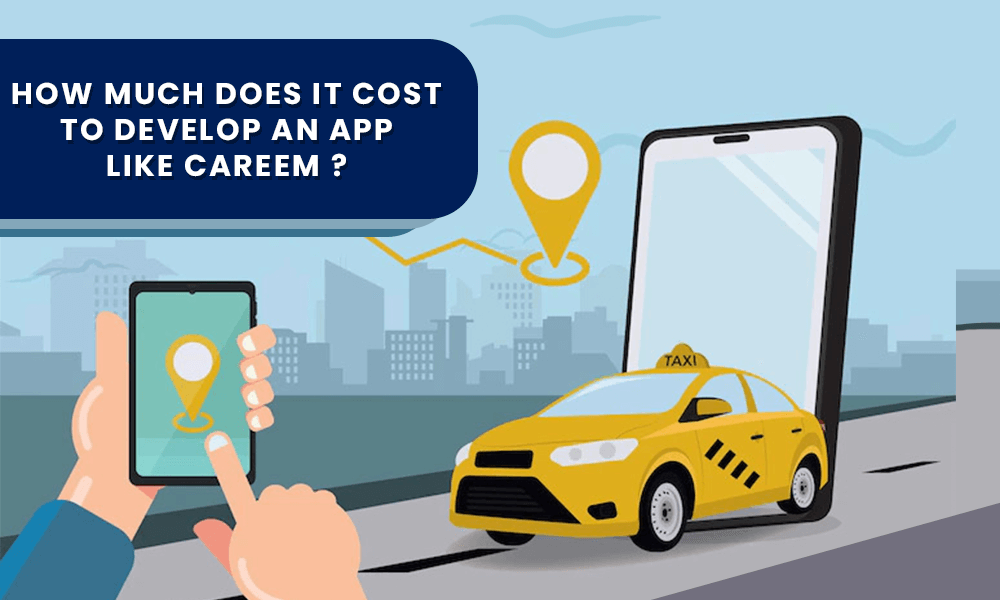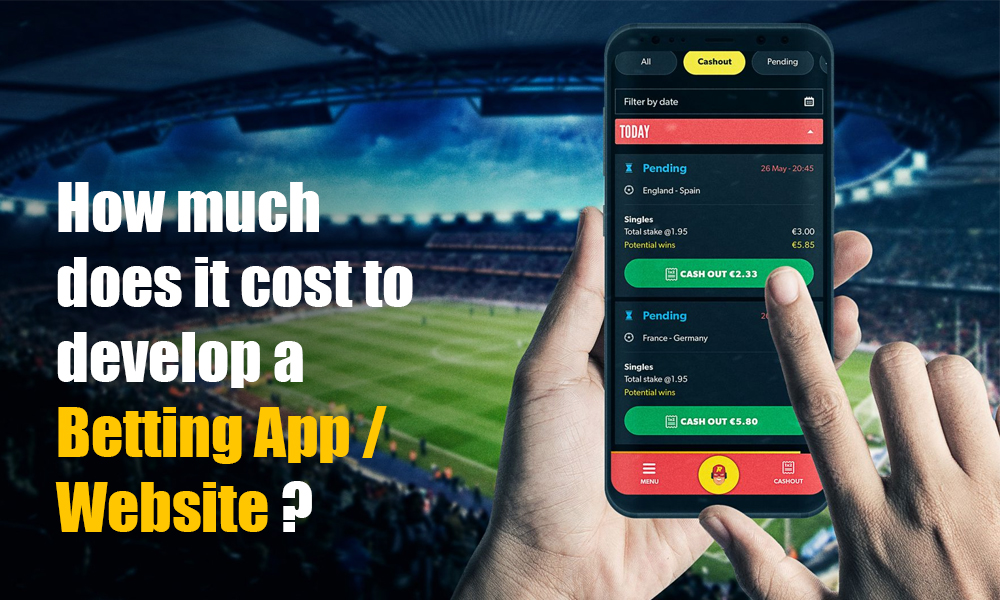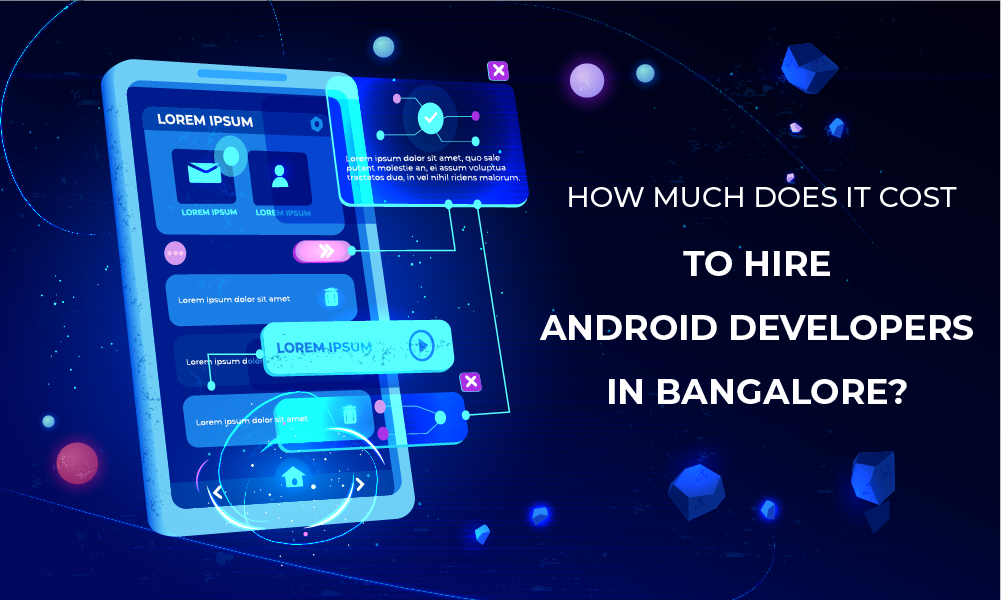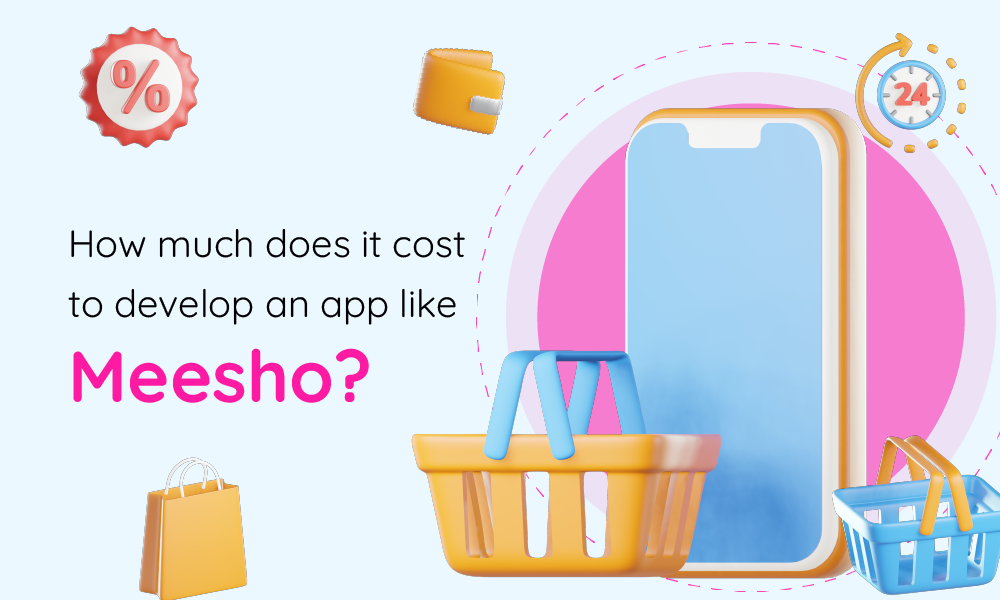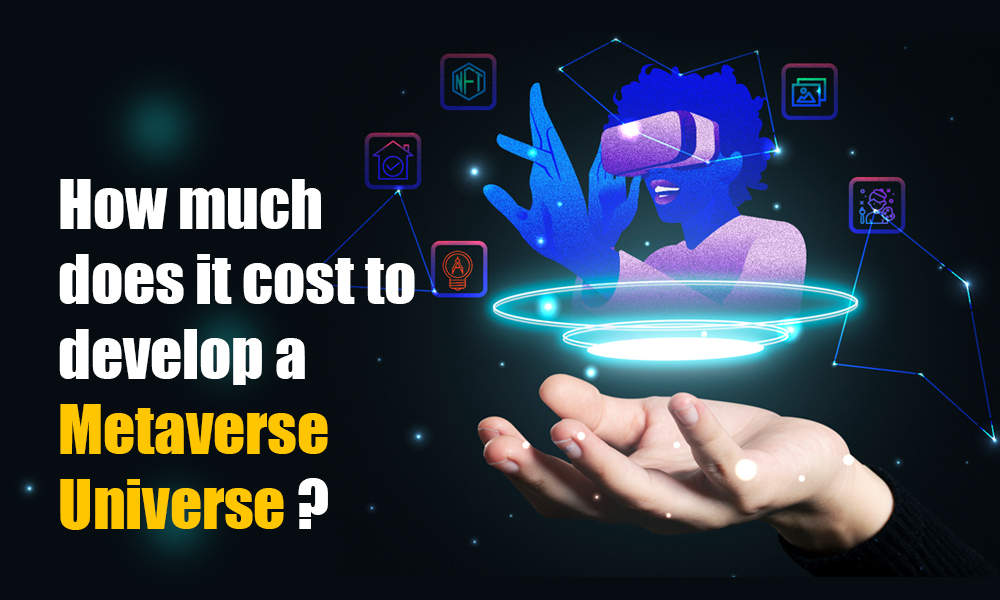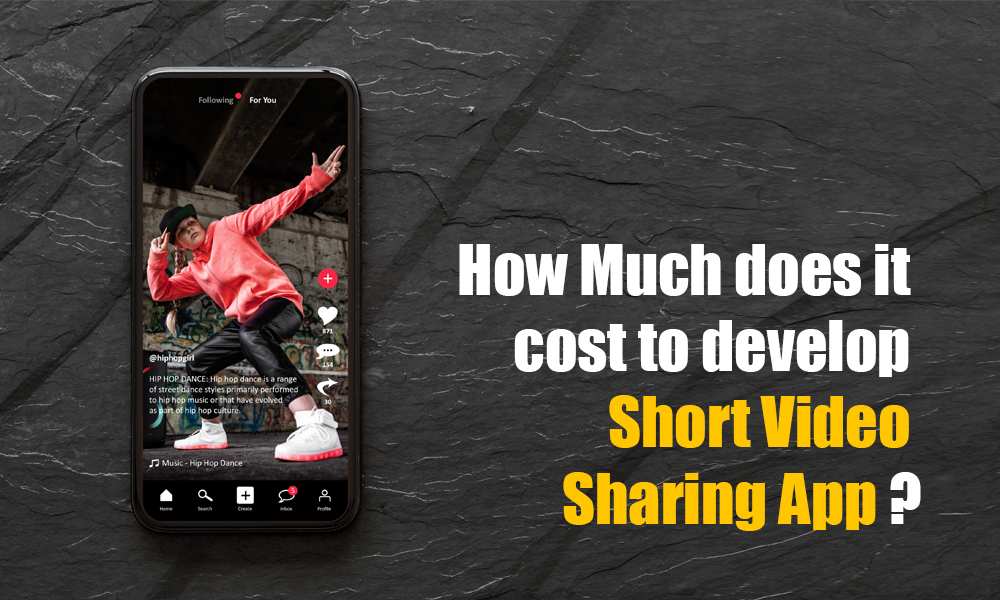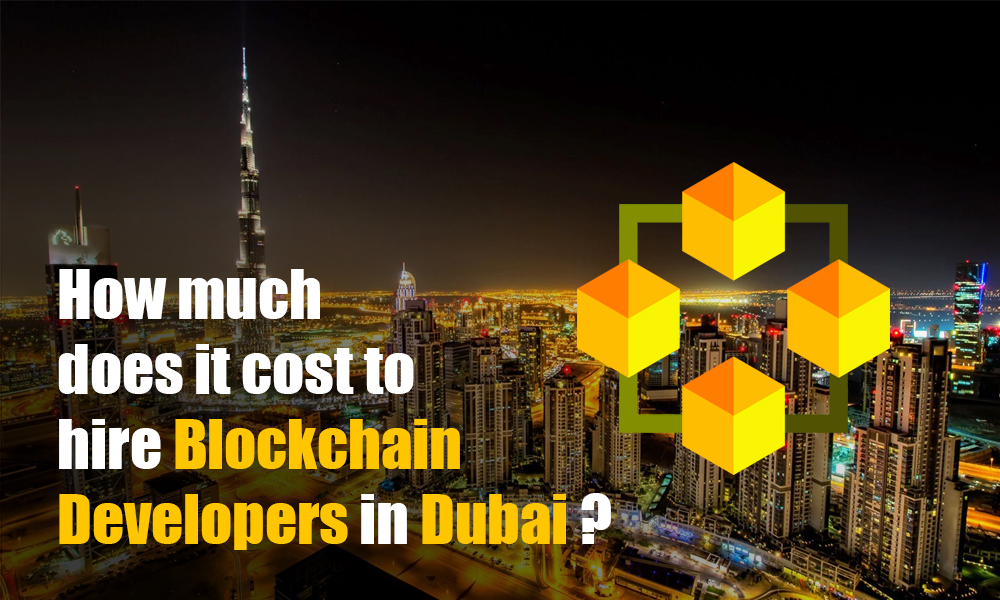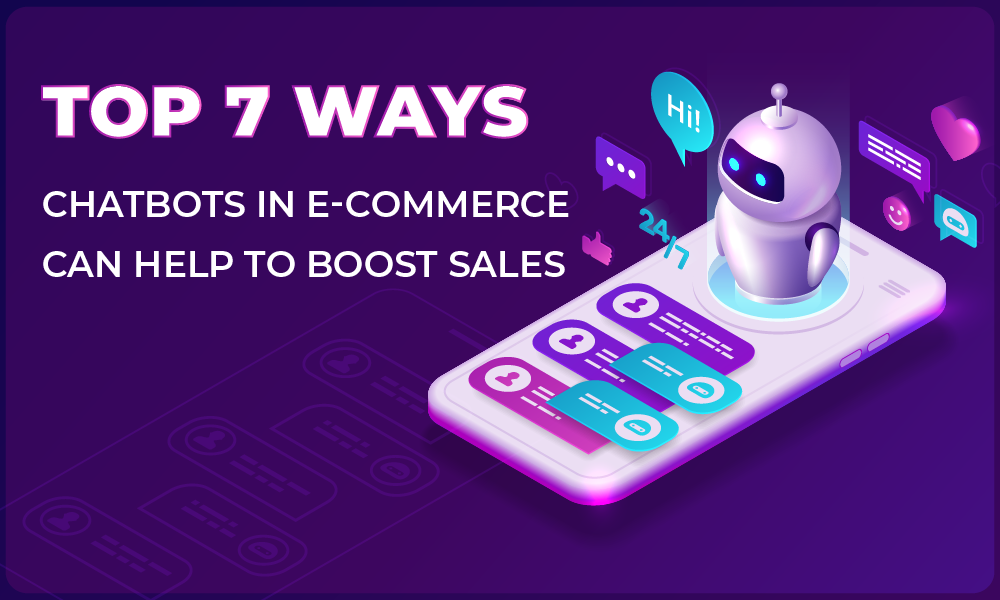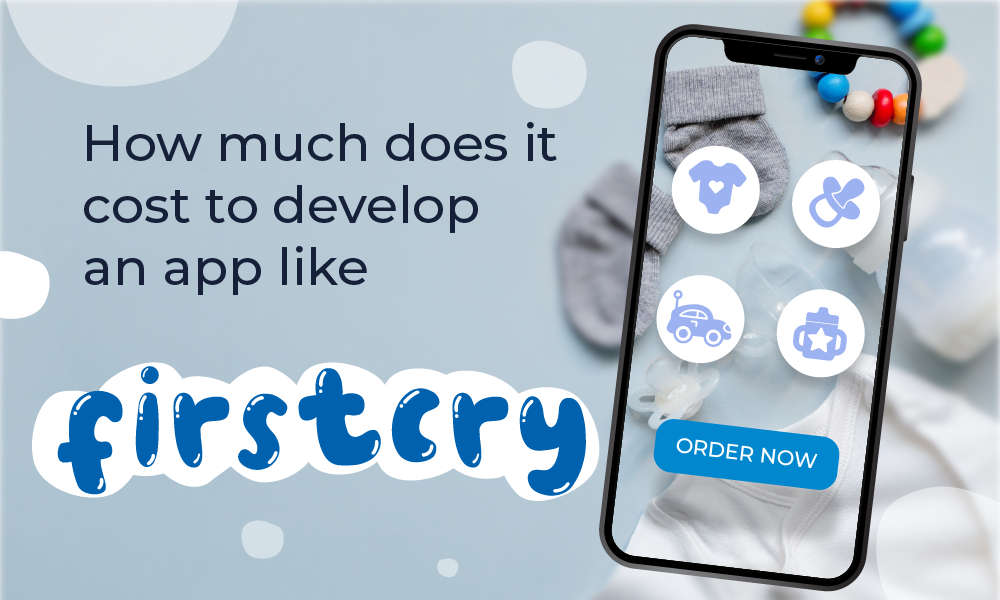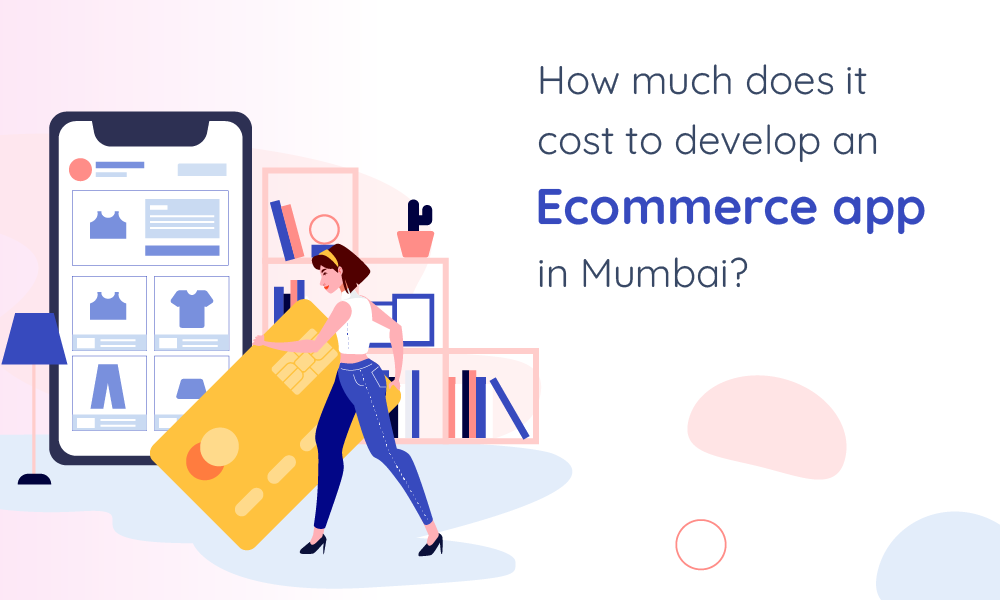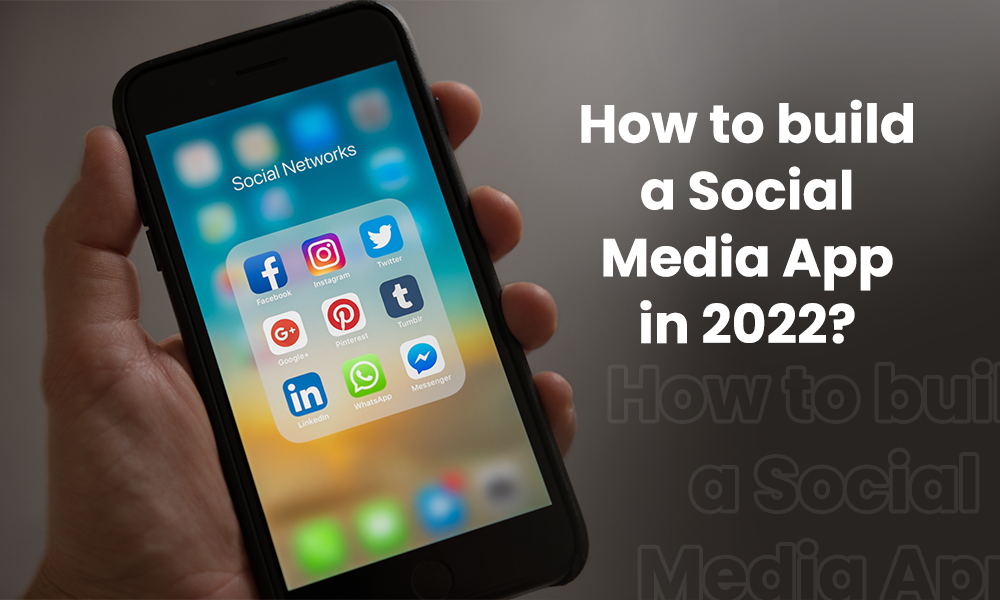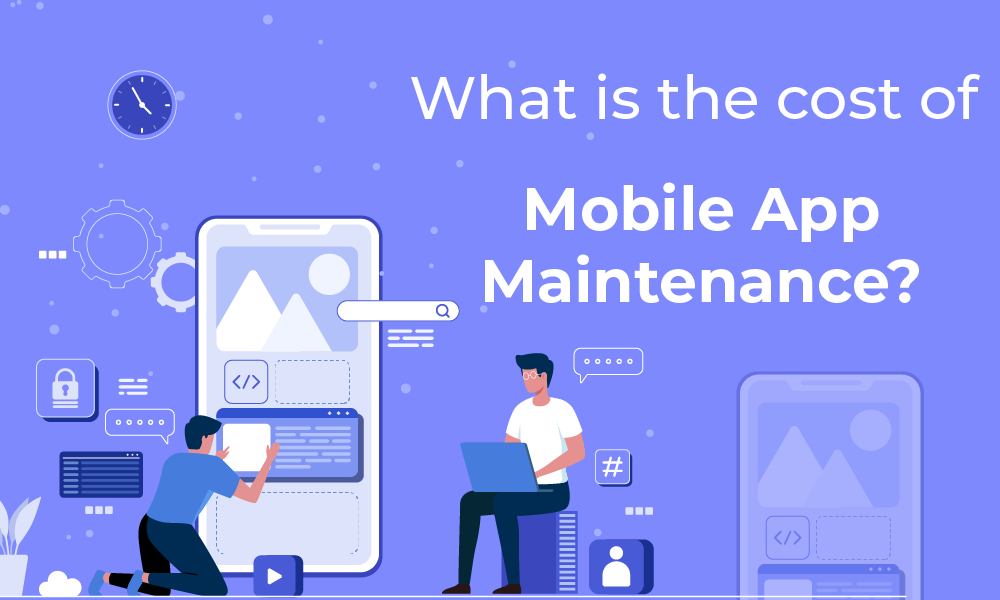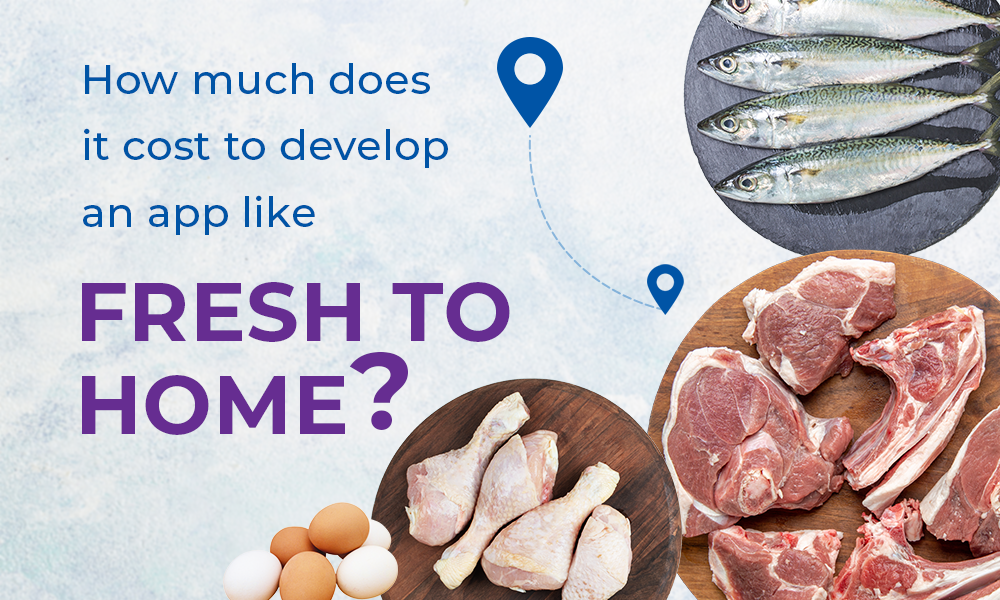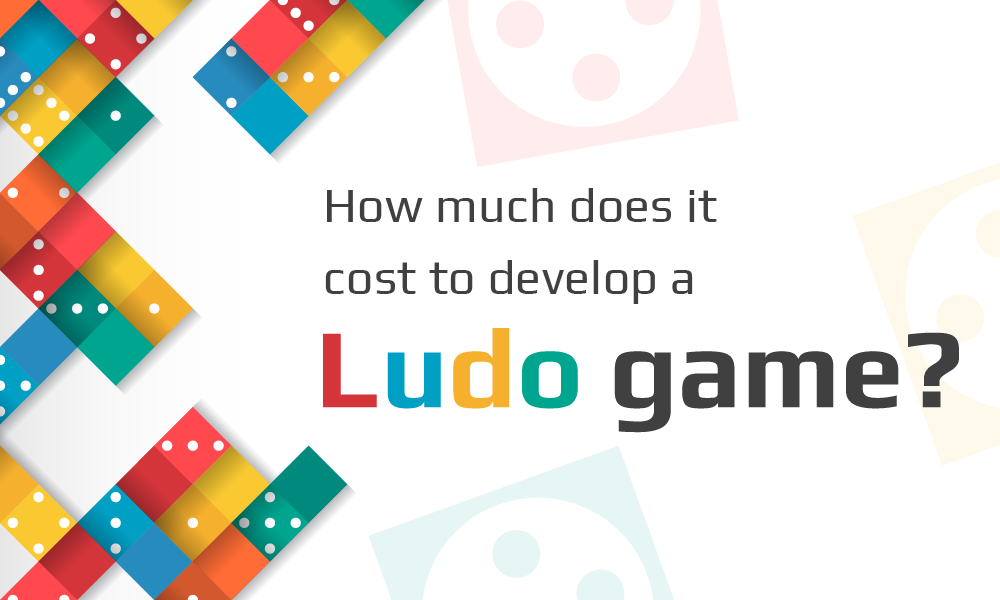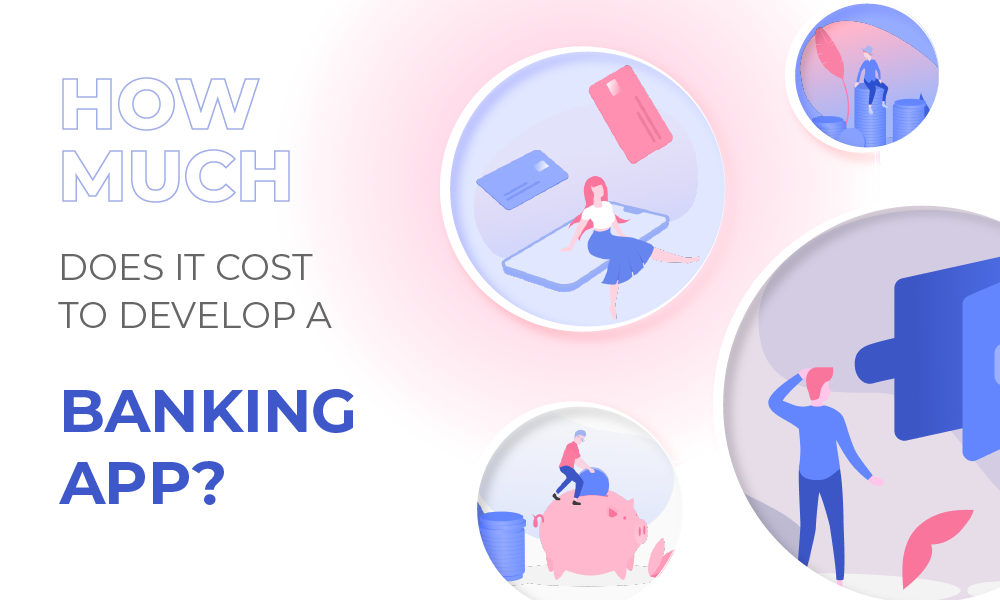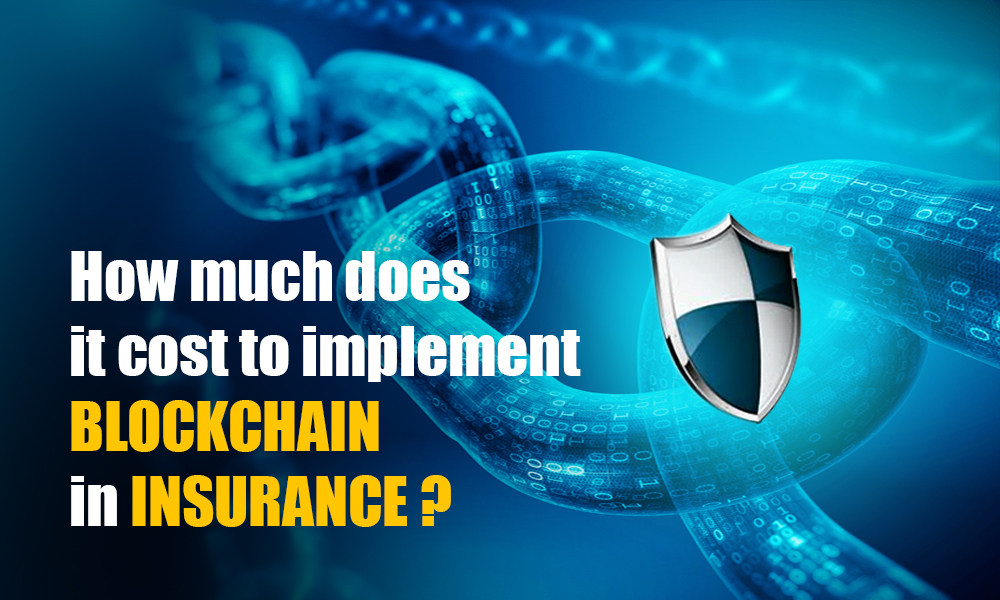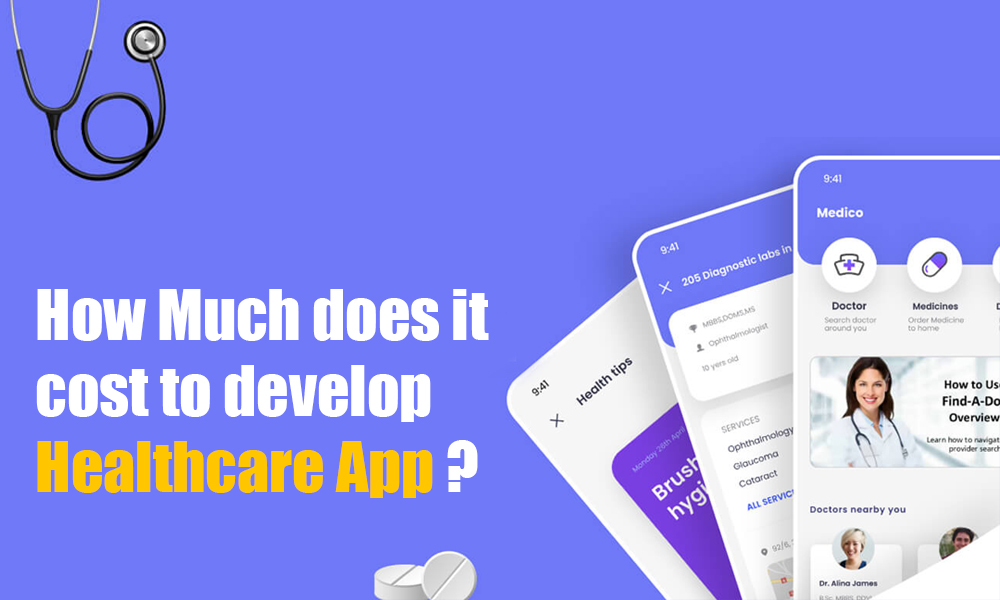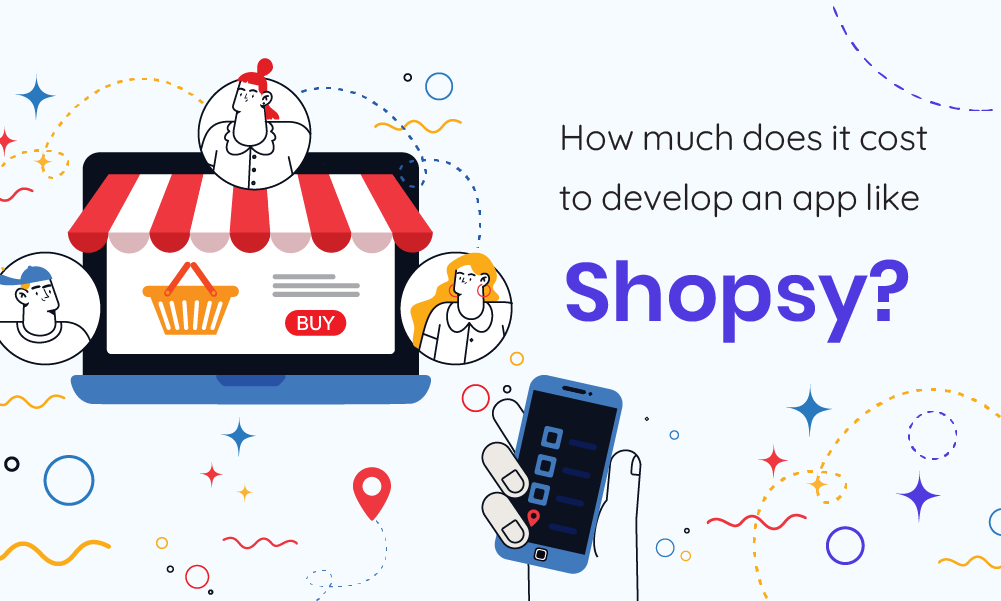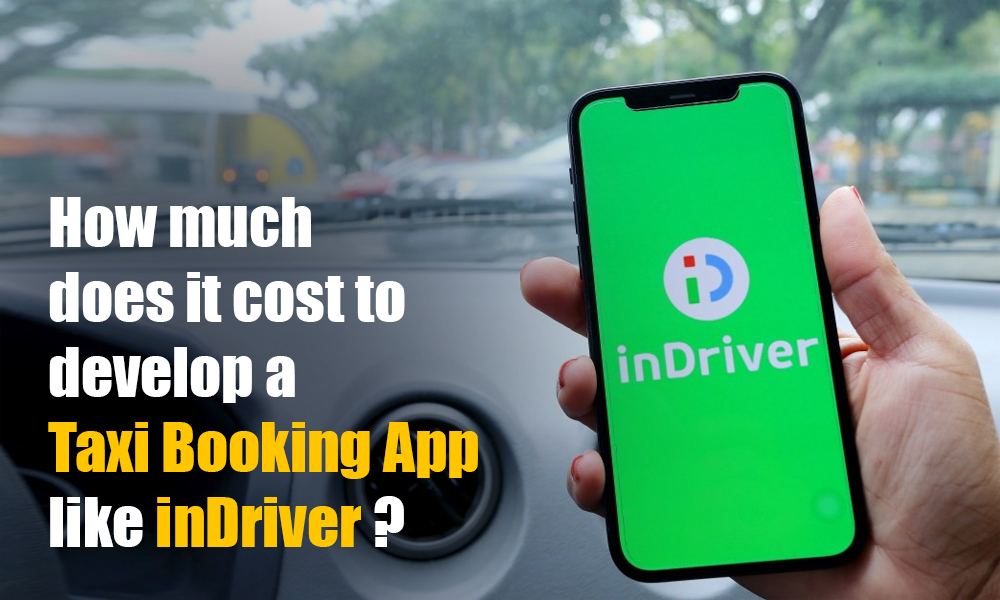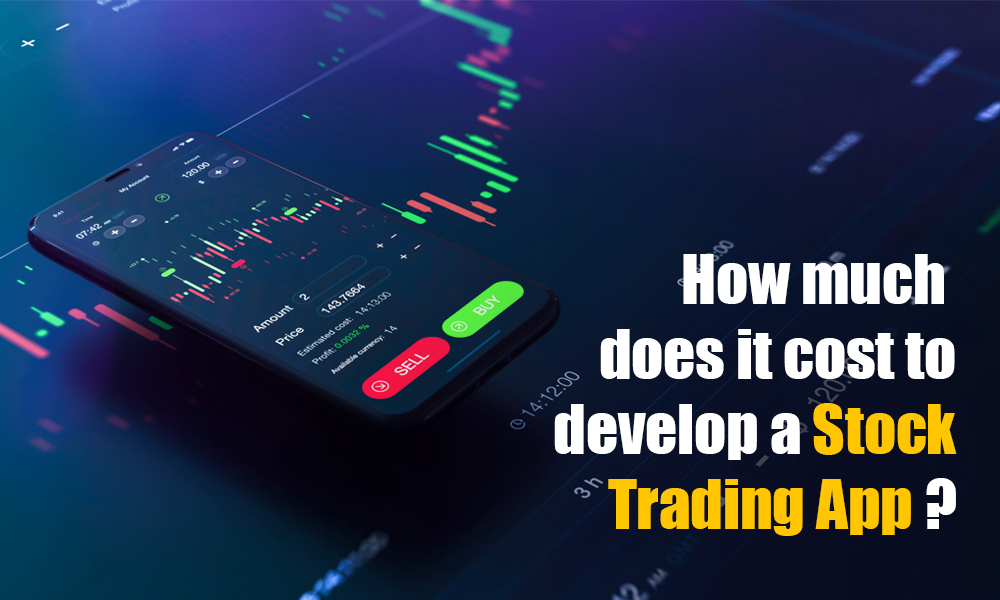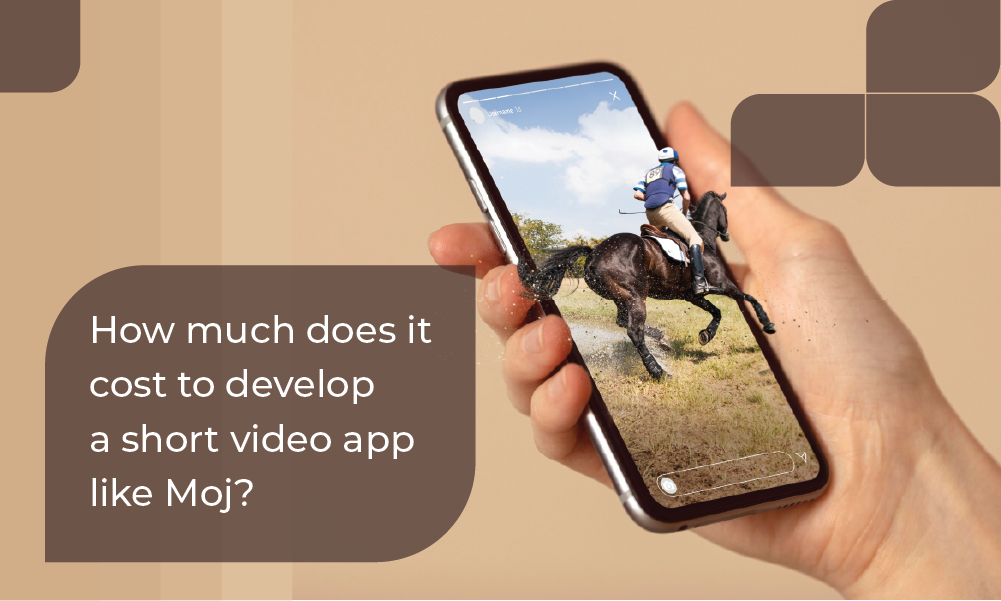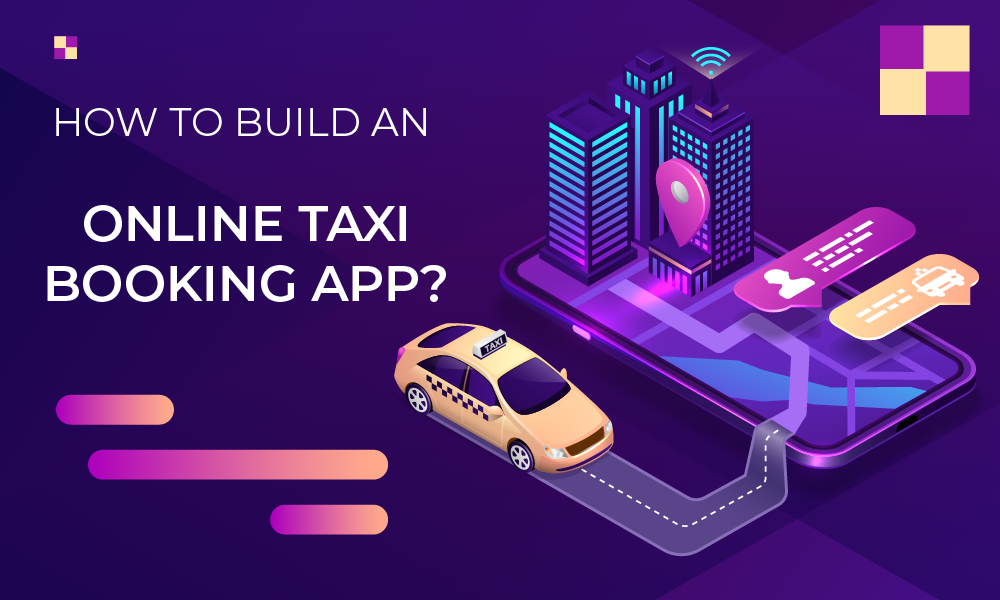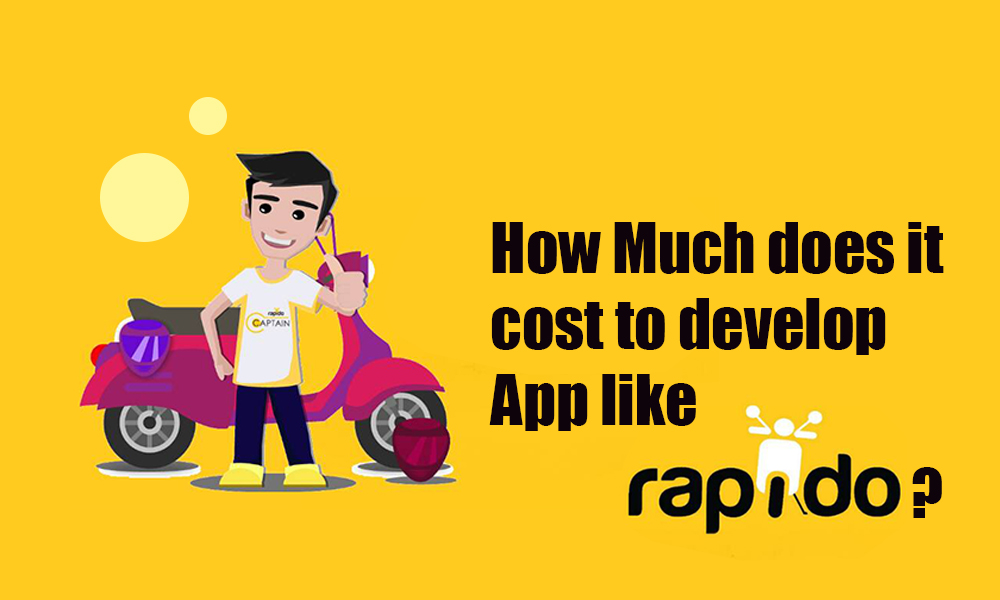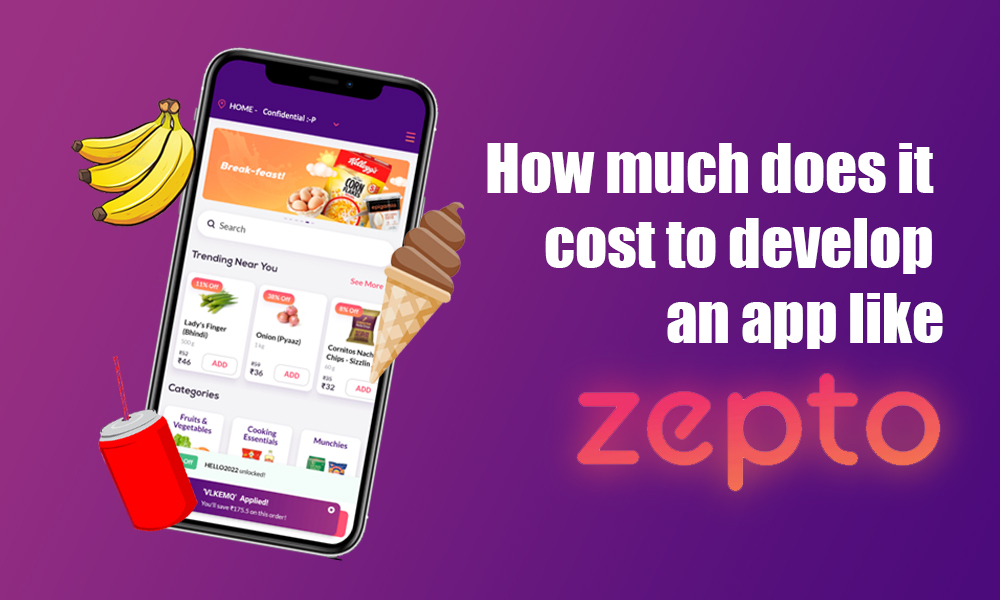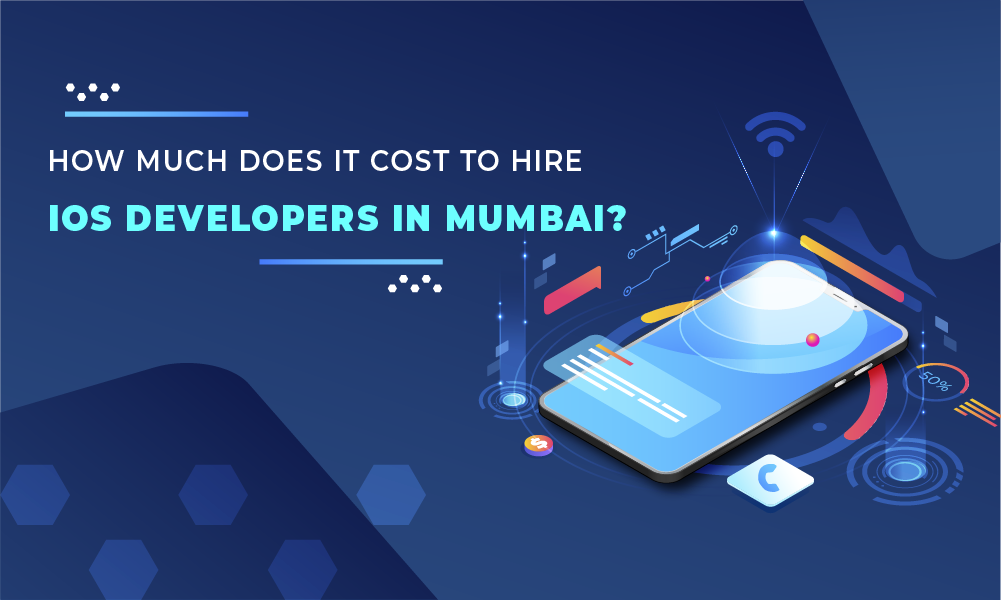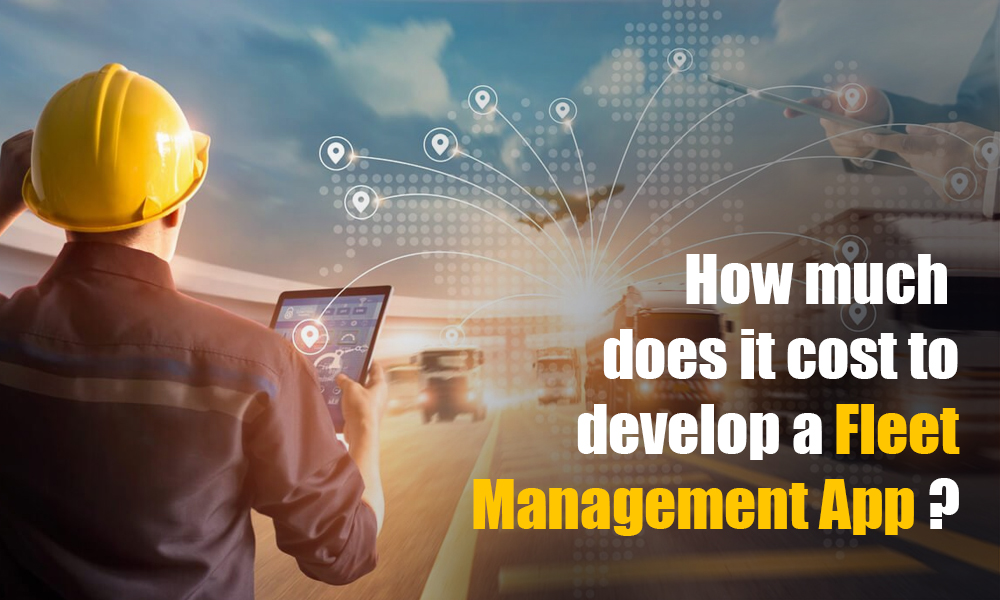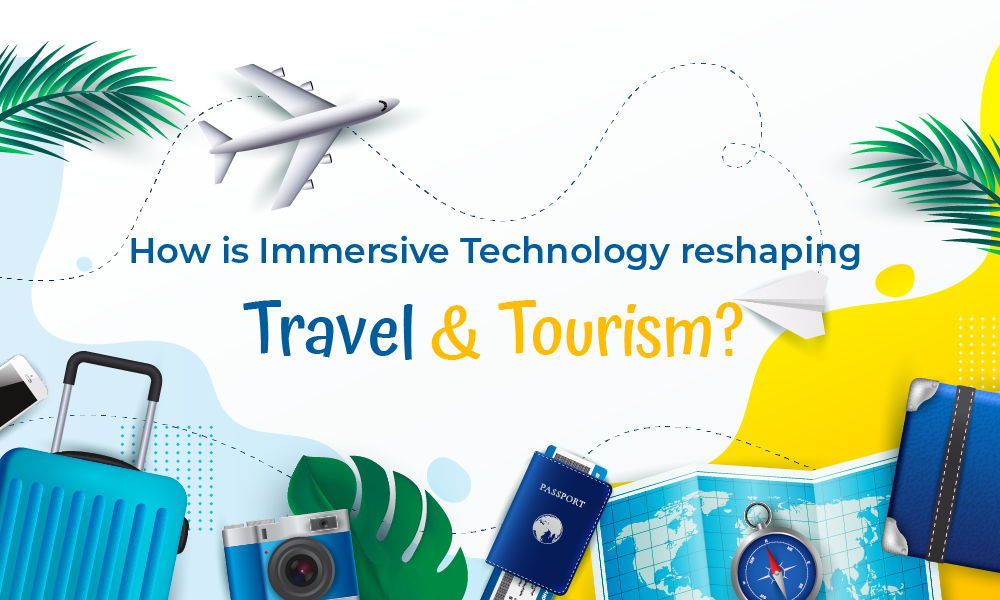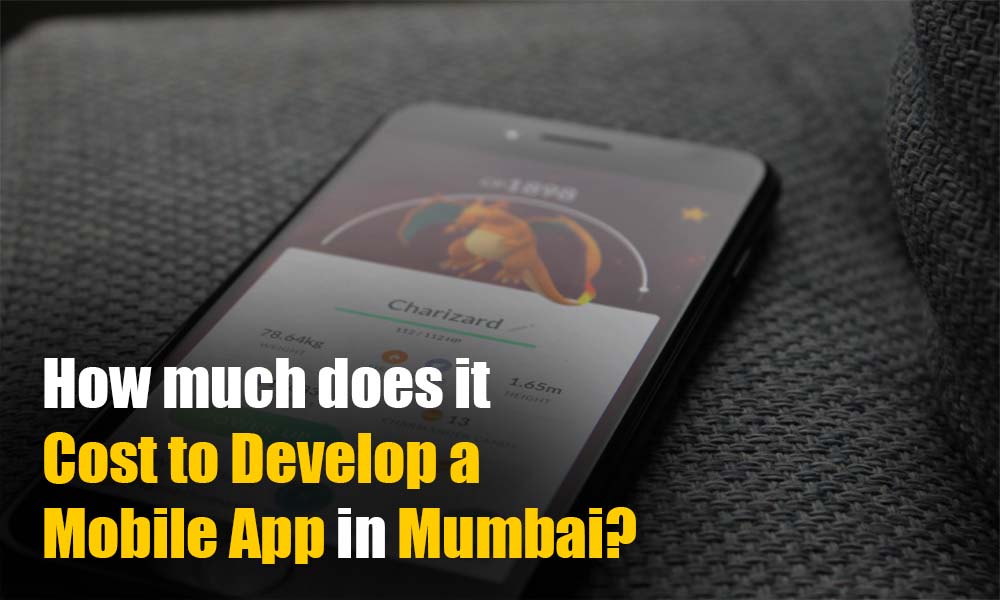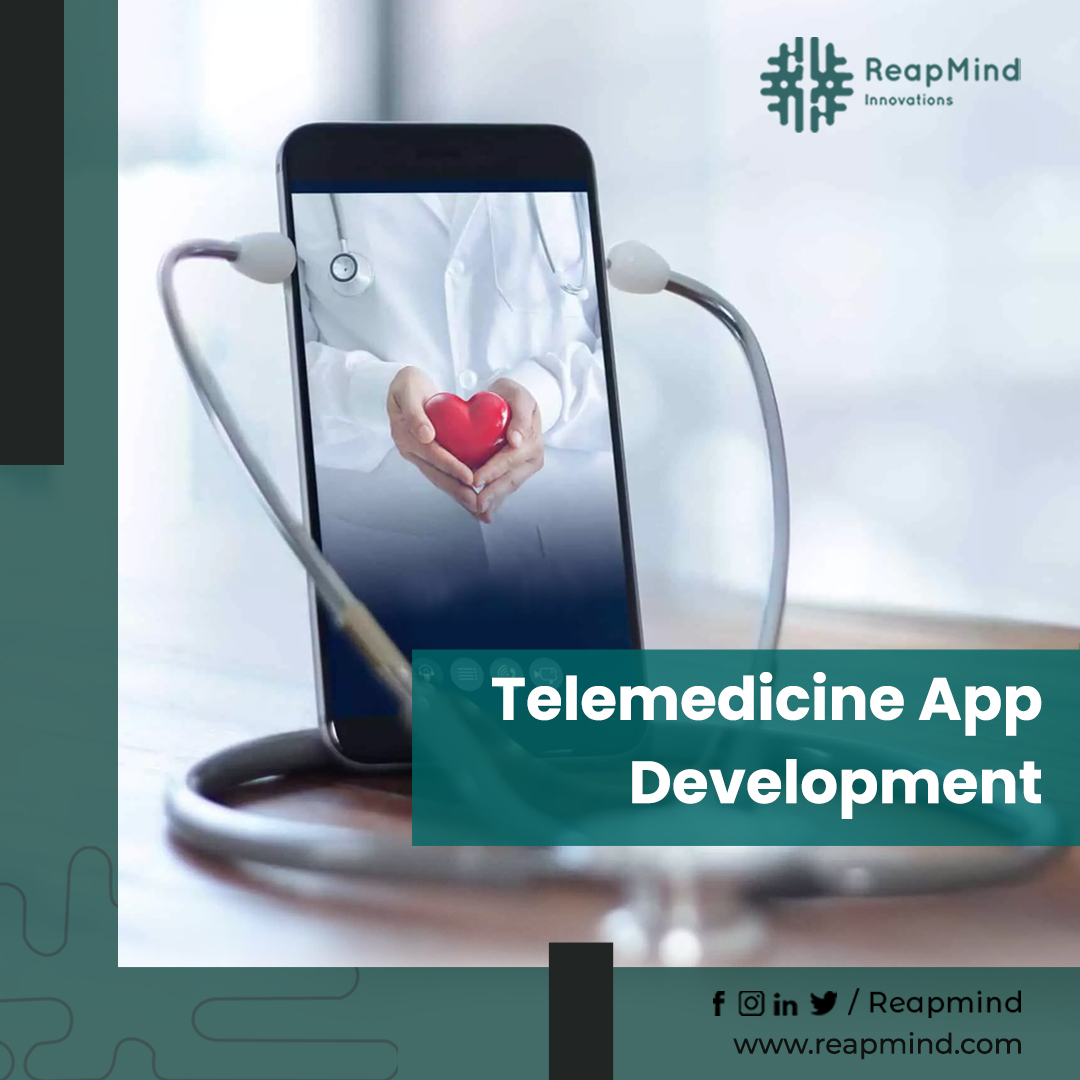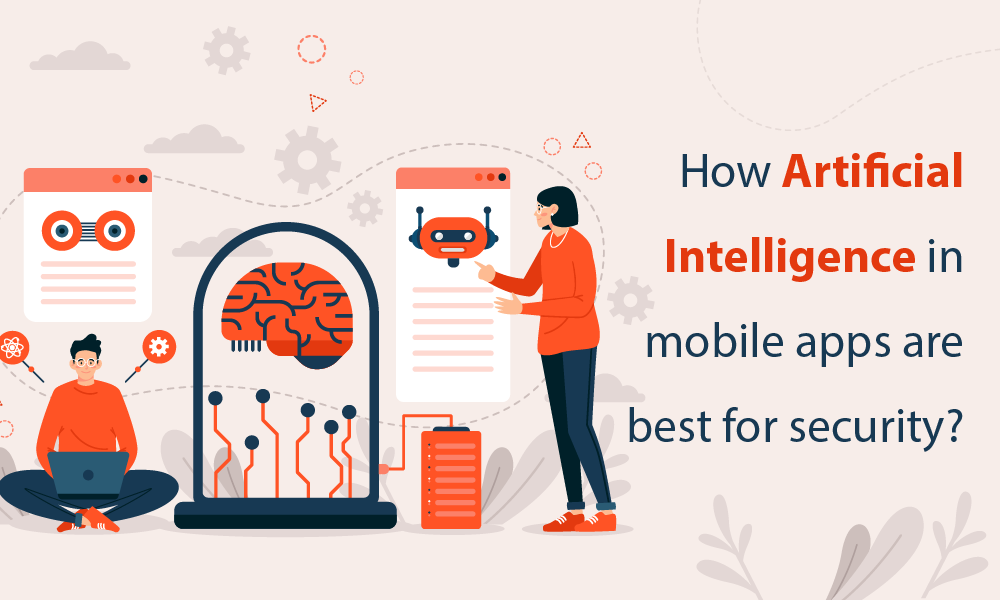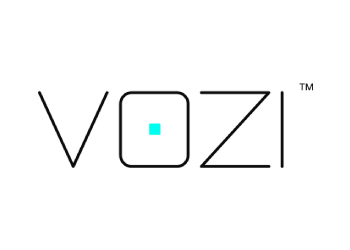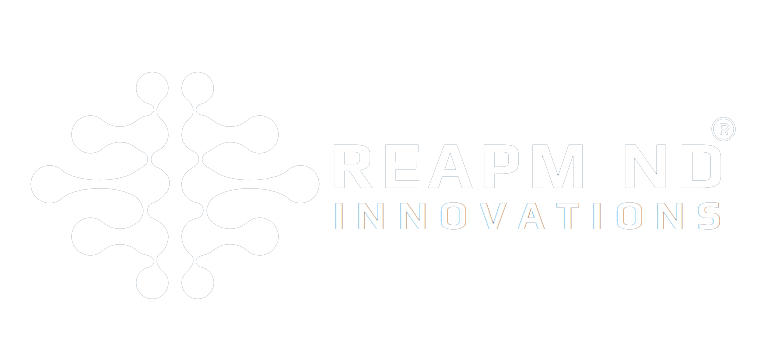Introduction:
Ride-hailing apps have become a big part of how we get around cities nowadays. They make it super easy for passengers to connect with drivers, changing the way we move from place to place. A report from Statista predicts that the global ride-hailing market will hit a whopping $865.2 billion by 2027, showing just how much this industry is booming.
Take Grab, for example. It’s a major ride-hailing platform in Southeast Asia, with over 25 million active users across eight countries. People love Grab because it’s so convenient and easy to use, setting the bar high for other apps in the same space.
With ride-hailing getting more popular, many folks are curious about how much it costs to make an app like Grab. If you’ve been wondering about this too, you’re in the right place!
In this blog, we’ll break down the factors that affect the cost of building a Grab-like app and help you figure out what it might cost for your specific needs.
Understanding the Ride-Hailing Landscape:
Table of Contents
ToggleRide-hailing apps have transformed urban travel, providing convenient and affordable transportation. The global market soared to $78.6 billion in 2023, driven by rising smartphone use and urbanization, particularly in developing areas that lack traditional transport options. While giants like Uber, Lyft, and Didi Chuxing lead globally, regional champions such as Grab in Southeast Asia and Ola in India have secured substantial market shares.
This industry shift reflects not only convenience but also the changing landscape of urban mobility, offering innovative solutions to traditional transportation challenges.
Essential Features of a Grab-like App:
Developing a successful Grab-like app requires incorporating features that cater to both users and drivers, ensuring a smooth and efficient experience for everyone involved.
Here are some essential features you should consider:
User Features:
- User Registration and Login: Allows users to create accounts and manage their profiles, including payment methods and preferences.
- Map Integration: Displays user location, available drivers, and trip routes in real-time using an integrated mapping service like Google Maps.
- Ride Booking: Enables users to select their pick-up and drop-off locations, choose their preferred vehicle type (e.g., standard, premium), and request additional services if available (e.g., child seat).
- Fare Estimation: Provides users with an estimated cost for their trip based on distance, time, and traffic conditions.
- Real-time Tracking: Allows users to track the driver’s location in real-time, offering peace of mind and estimated arrival timing.
- In-App Communication: Enables users to communicate with their driver through in-app chat for any clarifications or special requests.
- Payment Processing: Offers secure and convenient payment options via in-app wallets, debit/credit cards, or integrated mobile payment services.
- Ride History and Receipt: Shows users their past ride history and provides digital receipts for their records and expense management.
- Rating and Review System: Allows users to rate and provide feedback on their ride experience, helping to maintain driver quality and user satisfaction.
- Promotions and Referrals: Offers users access to ongoing promotions, discount codes, and referral programs to incentivize app usage and attract new users.
Driver Features:
- Driver Registration and Login: Allows drivers to create accounts and manage their profiles, track their earnings, and view their availability.
- Trip Notifications: Alerts drivers of new ride requests and provides them with necessary details like pick-up location, destination, and passenger information.
- Navigation System: Guides drivers efficiently through the chosen route using integrated navigation tools.
- Earnings Tracking: Shows drivers their income details for each completed trip and offers options to access or transfer their earnings.
- In-App Communication: Allows drivers to communicate with passengers through in-app chat to clarify any details or concerns.
- Performance Dashboard: Provides drivers with insights into their performance metrics, including completed trips, average ratings, and earnings, to help them track their progress and improve their service.
- Support System: Offers drivers access to readily available support through the app to address any technical issues or concerns.
Additional Features:
- Safety Features: Implement robust safety features like emergency buttons, in-app SOS functions, and integrated driver/passenger verification processes.
- Multilingual Support: Consider offering support for multiple languages in your target market to ensure accessibility and cater to a broader user base.
- Accessibility Features: Include accessibility options for users with disabilities, such as voice controls, screen reader compatibility, and clear visual elements.
Understanding Grab’s Business Model:
Grab, Southeast Asia’s leading super app, started as a ride-hailing service and has evolved into a multi-service platform offering convenience and value to its users. Its business model revolves around connecting passengers with drivers for seamless transportation while progressively expanding into other verticals.
It’s Core Ride-Hailing Services include:
- Driver Recruitment: Drivers register on the platform, providing essential details and undergoing background checks.
- Passenger Experience: Users book rides, track drivers in real-time, and pay securely through the app.
- Transaction Facilitation: Grab facilitates the ride and collects a commission on each completed trip.
Recognizing user needs, Grab has expanded into various services:
- Food Delivery: Users can order food from restaurants and track deliveries in real-time.
- Financial Services: Grab offers mobile wallet solutions, payments, and even microloans.
Grab goes beyond core functionalities, offering:
- Promotions and Rewards: Users benefit from ongoing discounts, loyalty programs, and referral incentives.
- Insurance and Safety: Grab offers optional insurance plans for both riders and drivers, enhancing safety and peace of mind.
- Community Building: The platform fosters a sense of community through driver training programs and partnerships with local businesses.
By continuously innovating and expanding its offerings, Grab creates a win-win situation for users, drivers, and the company, solidifying its position as a dominant force in Southeast Asia’s digital landscape.
Understanding Grab’s Revenue Model :
Grab’s success lies in its multifaceted revenue model, which generates income through various streams. This diversified approach allows Grab to capture value at various points within its ecosystem, contributing to its financial sustainability and growth in the competitive technology landscape.
- Grab takes a percentage cut from each completed ride, food delivery order, or financial transaction processed through the platform.
- Businesses pay fees to advertise their services within the app, reaching Grab’s extensive user base.
- Premium subscriptions, loyalty programs, and in-app purchases (e.g., faster delivery options) offer additional revenue streams.
- By utilizing anonymized user data, Grab offers valuable insights to businesses for targeted marketing and product development, generating additional revenue.
Factors Affecting Development Cost:
Developing an app similar to Grab involves intricate processes and numerous considerations that can significantly impact the overall cost. Here are some key factors that play a crucial role:
1. App Features and Complexity:
The number and complexity of features directly influence development costs. Basic ride-hailing functionalities like booking, tracking, and payment will cost less compared to introducing features like food delivery, financial services, or advanced chat functionalities. Each additional feature requires dedicated development time and resources, thus increasing the overall budget.
2. Development Platform:
Building an app for a single platform (e.g., Android) is generally less expensive than developing for both Android and iOS. However, reaching a wider user base often necessitates targeting both platforms, leading to increased development time and cost.
3. Development Team and Location:
The experience and location of your development team significantly impact the cost. Teams with extensive experience in on-demand app development command higher rates compared to less experienced teams. Additionally, rates can vary depending on the geographical location of the development team.
4. Design and User Interface:
A user-friendly and visually appealing design is essential for a successful app. The complexity and intricacy of the design can significantly influence development costs. Creating a simple and intuitive UI/UX might be less expensive compared to developing a highly customized and visually complex design.
5. Third-Party Integrations and Security Measures:
Integrating additional services like payment gateways, mapping solutions, and messaging platforms requires additional development effort and licensing fees. Implementing robust security measures, including data encryption and user authentication, is also crucial and can add to the overall cost.
6. Maintenance and Updates:
Maintaining a secure and functional app requires ongoing updates and bug fixes. Factor in these ongoing costs when planning your budget, as they contribute to the long-term financial commitment of your app development endeavor.
Development Costs Breakdown:
Crafting a ride-hailing app involves considering different levels of complexity, each with varying functionalities and associated costs.
The Basic Ride-Hailing App comes at a starting price of around $30,000 to $50,000. It provides fundamental features such as user registration, ride booking, real-time location tracking, fare estimation, and in-app payment processing.
For those seeking more advanced functionalities, the Advanced Ride-Hailing App ranges from $50,000 to $100,000. This version includes additional features like in-app chat for communication between drivers and passengers, driver and passenger verification processes, loyalty programs, referral schemes, and advanced route optimization with integration with mapping APIs like Google Maps.
The multi-service app, with a price tag ranging from $100,000 to $200,000 or more, offers the most comprehensive solution. It encompasses all ride-hailing features alongside extras like order placement and management for food delivery, restaurant partnerships with system integration, delivery tracking, and potential additional payment processing integrations for food delivery, such as collaborating with established food delivery platforms.
Development Platform:
| Platform Type | Cost Range |
| Single Platform (Basic App) | $15,000-$30,000 |
| Single Platform (Advanced App) | $30,000-$50,000 |
| Both Platforms | 1.5–2 times the single platform cost |
Development Team and Location:
| Location | Hourly Rates |
| North America | $25-$100+ |
| Europe | $15 to $50+ |
| Asia | $10-$30+ |
| Total Cost for a Development Team | Varies based on hourly rates and project duration. |
Additional Considerations:
| Consideration | Cost Range |
| Third-party Integrations | Varies |
| Security Measures | $5,000-$10,000+ |
| Ongoing Maintenance and Updates | $5,000-$20,000+ per year |
Tips for optimizing development costs:
- Begin by focusing on the core features that address your users’ main needs. This not only saves you money upfront but also lets you gather feedback to improve the app later on.
- Decide whether to launch on Android or iOS first based on where your target users are. Starting with one platform reduces initial expenses, and you can expand later as needed.
- Take advantage of the free tools and libraries available online. This helps cut down on costs associated with software licenses and allows your team to concentrate on building unique features for your app.
- Work with an experienced app development company like ReapMind that can offer cost-effective solutions, recommend efficient technologies, and oversee the development process to keep expenses in check.
- Remember to budget for ongoing maintenance and updates. Regular updates are essential for keeping your app secure and running smoothly. Offering different maintenance plans can accommodate various budget needs.
Building Your Dream App with ReapMind:
At ReapMind, we’re passionate about turning your app vision into reality. We specialize in developing innovative on-demand applications, including ride-hailing apps like Grab. With extensive experience in this domain, we possess the expertise and resources to bring your app idea to life seamlessly and efficiently.
Why Choose ReapMInd?
- Our team of experienced developers possesses a deep understanding of building ride-hailing apps, ensuring your app is robust, user-friendly, and secure.
- We believe in clear and upfront communication. You’ll receive a detailed cost breakdown before starting any development work, eliminating budgetary surprises.
- We build apps designed to grow with your business. Our solutions are scalable and future-proof, adapting to your evolving needs.
- We assign a dedicated project manager to oversee your app’s development, ensuring smooth communication and timely project completion.
Ready to build your dream app? Contact ReapMInd today for a free consultation!
FAQs:
1. How much does it cost to develop an app like Grab?
Ans: The cost can vary widely depending on complexity, features, and the chosen development team. It can range from $30,000 for a basic app to $200,000+ for a multi-service app like Grab.
2. How long does it take to develop a Grab-like app?
Ans: Development time varies based on complexity, but expect 6–12 months for a basic app and 12+ months for a multi-service app.
3. Do I need to develop for both Android and iOS?
Ans: It depends on your target audience. Targeting one platform initially is more cost-effective. You can expand to the other platform later, based on market demand.
4. What are the ongoing costs after development?
Ans: Maintaining and updating your app, server costs, and potential additional marketing efforts require ongoing investment.
6. Why choose ReapMInd for developing my Grab-like app?
Ans: ReapMInd offers extensive experience in app development, a proven track record, expertise in cost optimization, and transparent communication throughout the development process to ensure your app vision becomes a reality within your budget.
